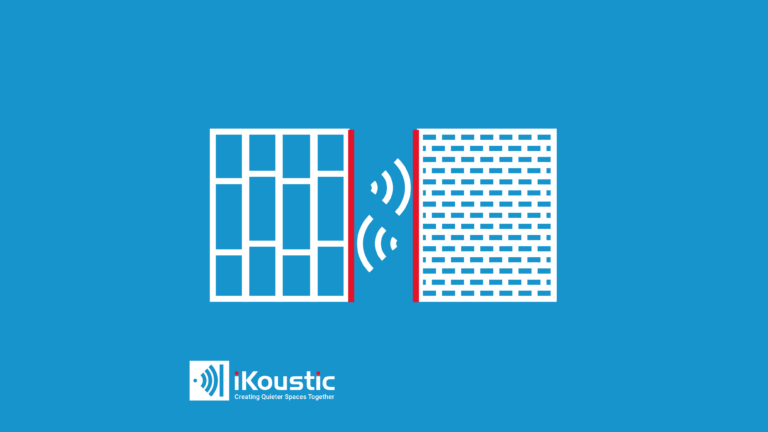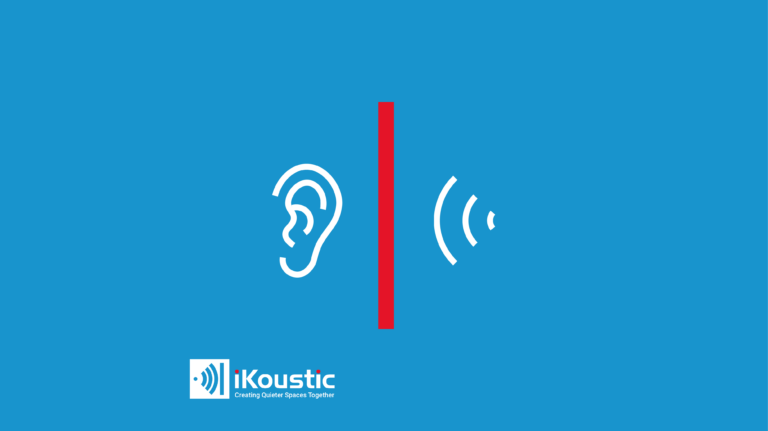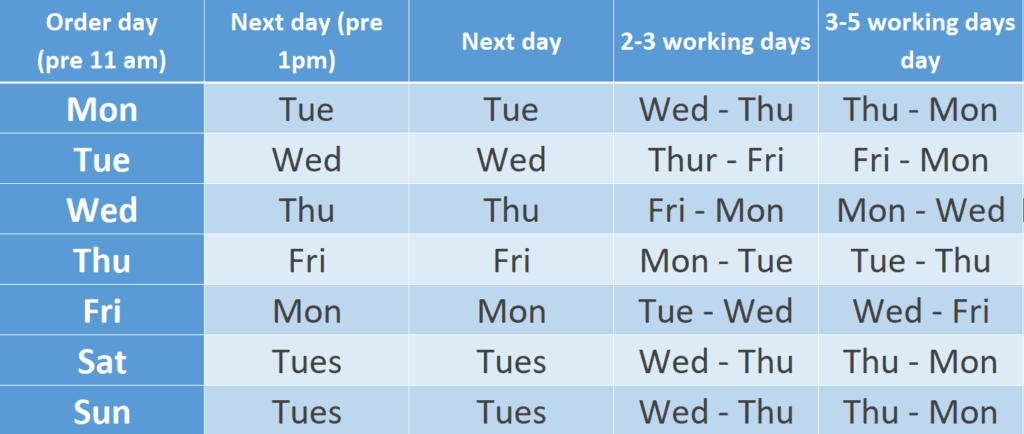Soundproofing for a music studio – best options
Soundproofing for a music studio can seem complex, but at iKoustic we have effective solutions to work inside a variety of music studios. We also have acoustic solutions to reduce reverberation and create better sounding music studios.
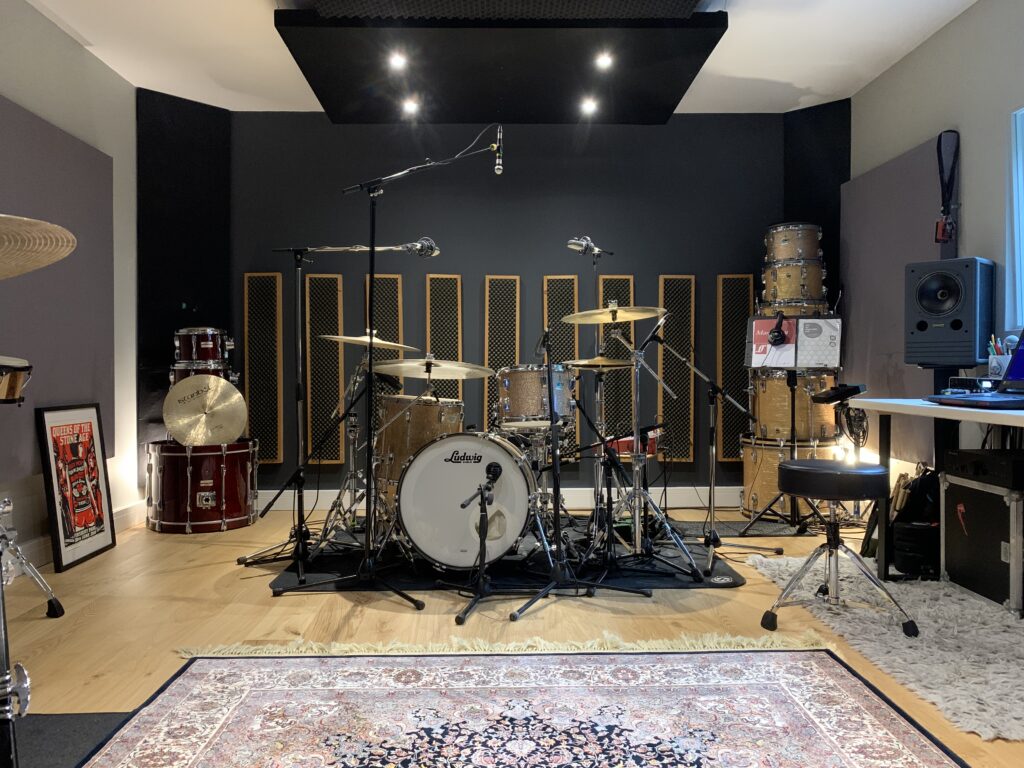
Soundproofing for a music recording studio
Soundproofing for a music recording studio means we are blocking noise from entering or escaping a space. This will make sure that only the music you are creating will be heard in the recording studio. Blocking noise is done with layers of high mass because these are able to reflect airborne noises (like music!).
While people assume you can just use high mass materials, like soundproofing panels, alone, this is not the case! High mass will soundproof a music studio to an extent, but not fully. To properly soundproof your music studio, you also need to include absorption and a decoupling device.
The best soundproofing for a music studio
The best soundproofing for a music studio uses a MuteClip and channel system on the walls and the ceiling. Some timber framed music studios don’t need ceiling insulation and nearly all are fine without floor soundproofing.
We use the three core principles of soundproofing, (mass, absorption and decoupling), to block noise and keep your studio room quiet.
The best wall soundproofing for a music studio
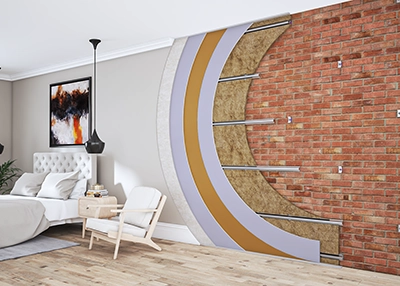
The best wall soundproofing for your music studio is a layer of acoustic mineral wool, with a MuteClip system and three layers of high mass soundproofing. This creates the MuteClip gold system and can block up to 20dB of sound.
The system works for both stud and brick walls and will decouple the new soundproofing partition to create the ‘room within a room’ effect.
| Gold wall soundproofing wall system | |
|---|---|
| System width | 74mm |
| System cost per m2 | £58 |
| Sound blocked | 19dB |
| Works on | Stud wall and brick wall |
The best ceiling soundproofing for a music studio ceiling
The best ceiling soundproof for a music studio is an isolated ceiling that hangs down a few millimeters from the original ceiling. This, once again, decouples the soundproofing layer. More sound can be blacked by a gap between layers than just increasing the mass. This is because vibrations can travel through two materials that are in contact more easily.
We fill the air gap with acoustic mineral wool to prevent the drum effect. The drum effect is when sound reverberates inside a cavity space which leads to an amplification of the original noise. In music studios, it is especially important to control this and improve the quality of sound.
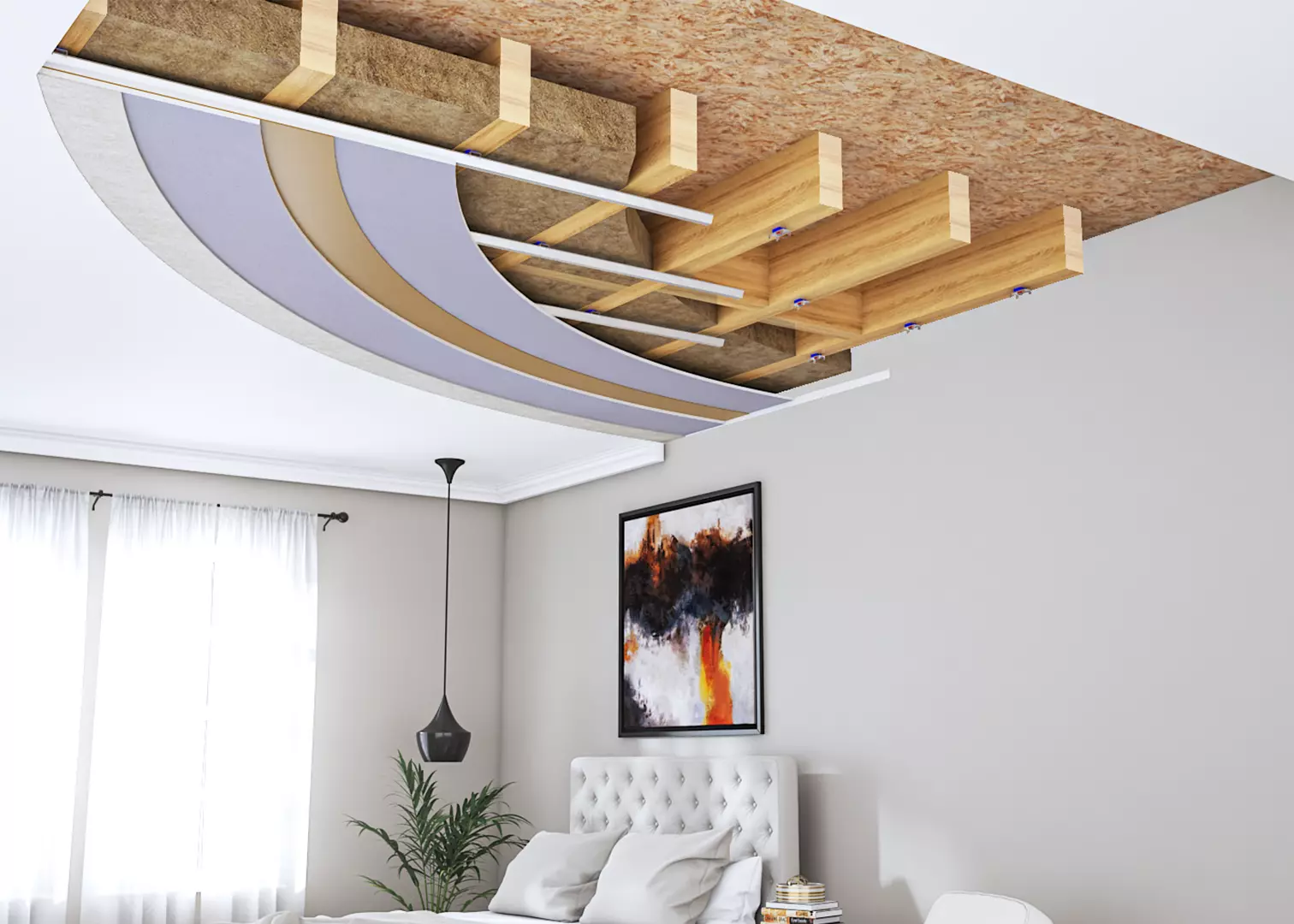
Soundproofing the floor in a music studio
Most music studio floors do not need soundproofing as they are ground floor, or even independent buildings. In general, soundproof a music room will involve wall and ceiling soundproofing with acoustic treatment. I would say this is a much better use of your budget!
However.
Drums often need impact absorbing matting and this can be done very effectively with MuteMat 2. The MuteMat has a layer of closed-cell foam inside which is able to absorb and dissipate vibrations. This can be really useful for drum kits.
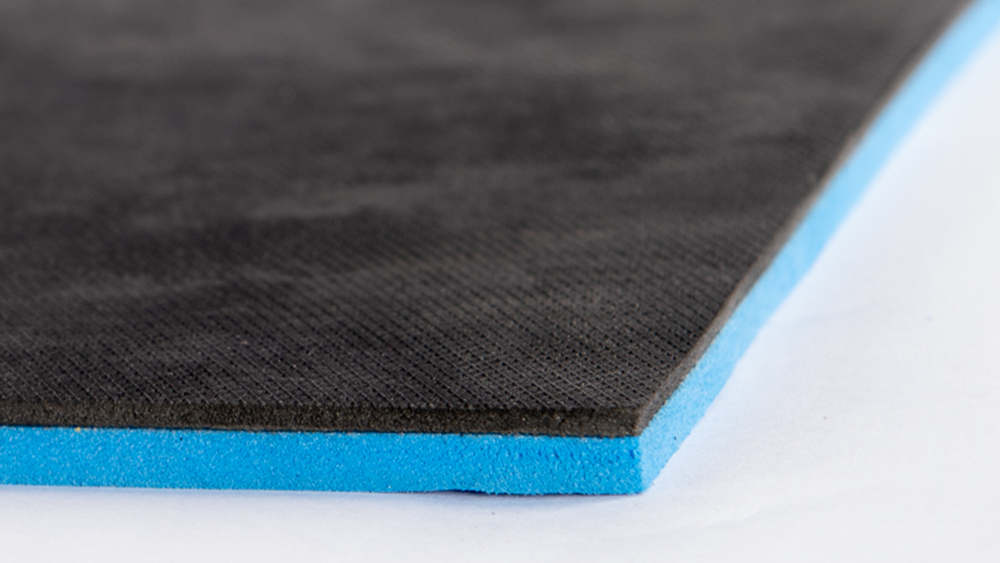
Soundproofing a music room v/s sound absorption
Soundproofing for a music studio is not the same as sound absorption. Many people get confused, but soundproofing is blocking the transmission of sound from room A to room B and sound absorption controls the reverberation of sound inside a room. Reverberation (echo) will make sounds ‘fuzzy’ and louder, controlling it will not stop the noise from escaping.
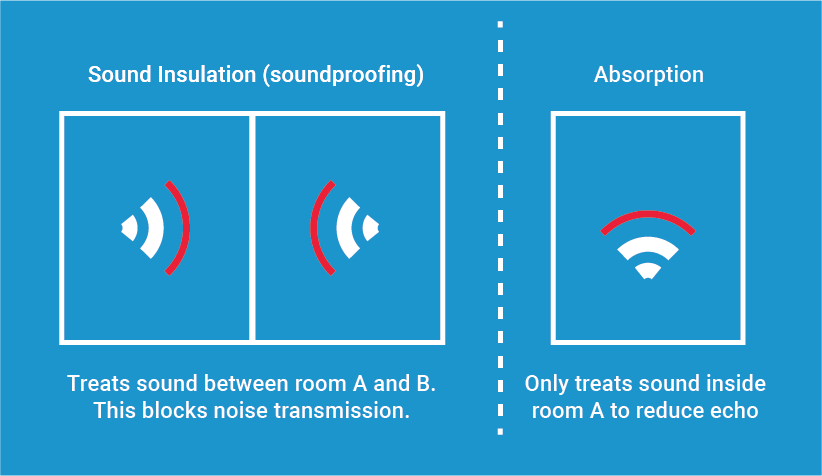
Both soundproofing and sound absorption are important for a music studio, but they need to be treated individually. To get a clearer idea of soundproofing v/s sound absorption, watch the video below where I explain the differences and benefits of each.
Soundproofing windows and doors for a music room
Soundproofing for a music studio involves more than just the walls and ceiling, we need to think about the doors and windows. Most rooms will have windows (although not all) and all are going to have a door, of course! These are naturally weak areas in the wall as the mass is lower and the seal is compromised.
Wherever air can move from one side to another, so can sound. If you are building your music studio, then I would strongly suggest keeping windows to a minimum and keeping the door slim. This is why acoustic sealant and weather sealing tape will become your new favourite things. I would suggest using acoustic caulk around your windows and the doorway.
For window seals and door seals, try weather tape. We don’t sell weather tape but you can pick it up easily from hardware shops and online.
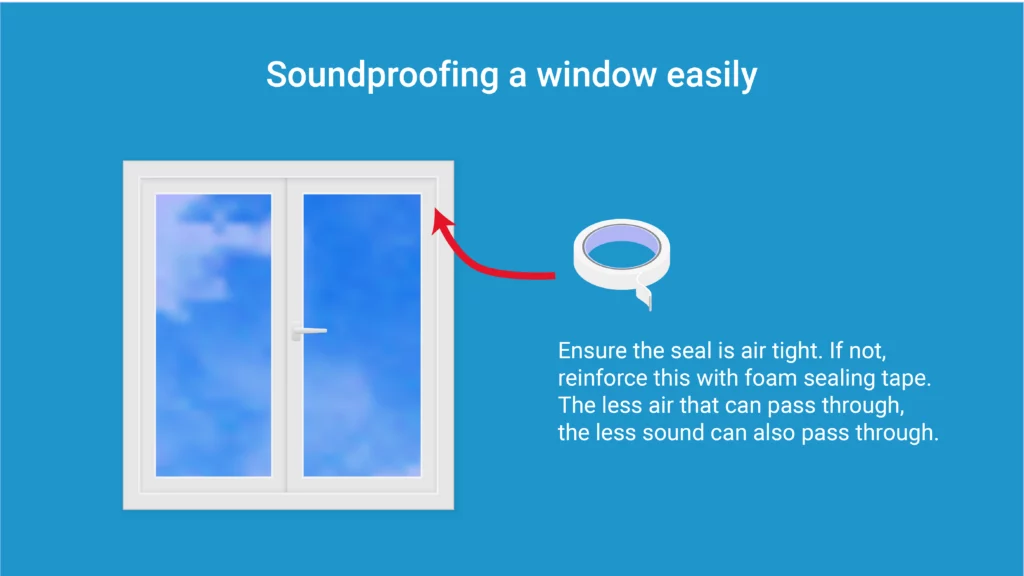
The best soundproofing for a music studio
The best soundproofing for a music studio uses a MuteClip and channel system and high levels of mass. The walls will have three layers of different soundproofing materials and techniques, as will the ceiling. Most music studios don’t need floor soundproofing as many are stand-alone buildings or on the ground floor for ease of access.
The best soundproofing for a music studio creates a room within a room (to an extent!). This is vibration isolation technology that prevents sound energy transmitting into or out of the music room. The MuteClip system is integral to this soundproofing system and takes up far, far less space than the equivalent soundproofing panels that would be needed!





